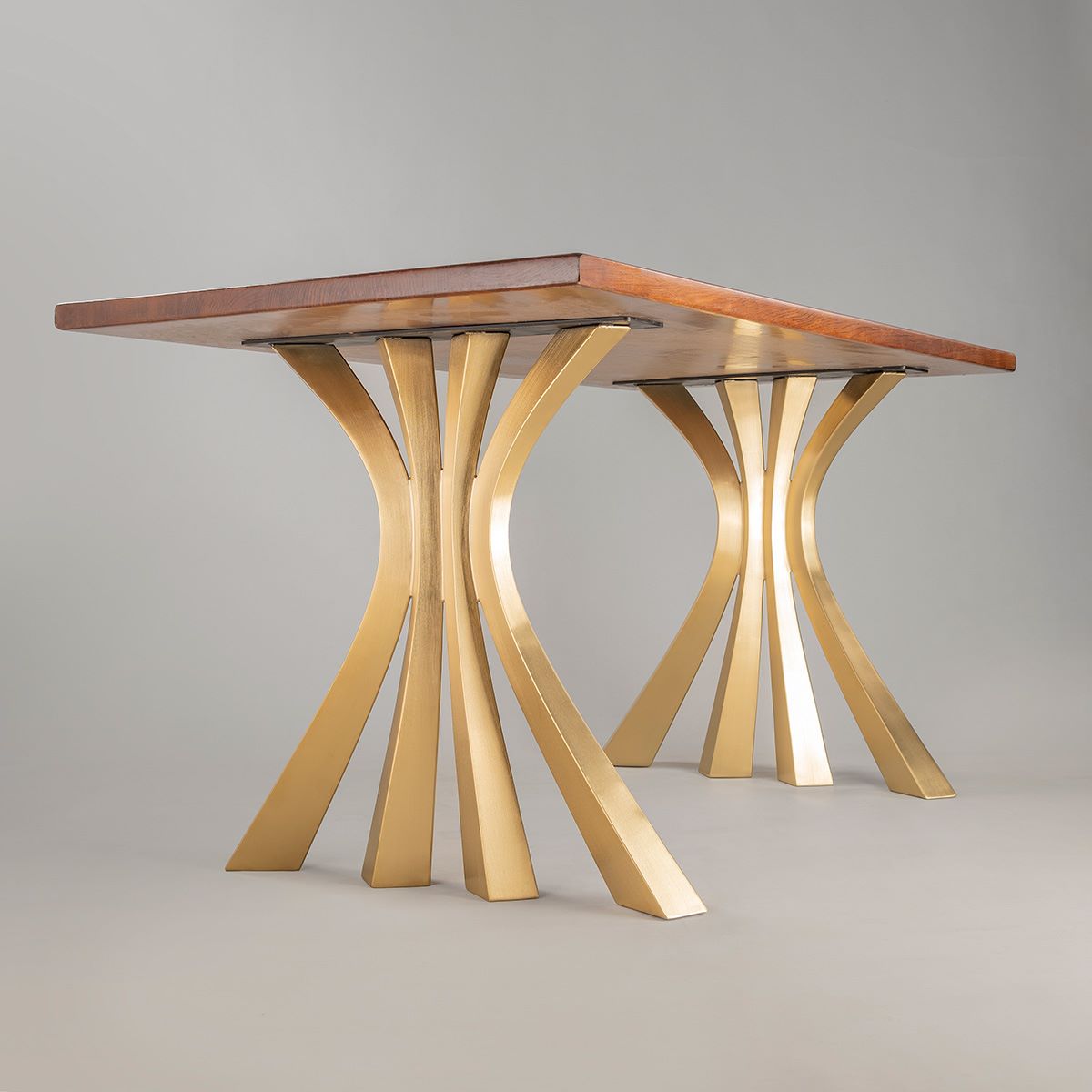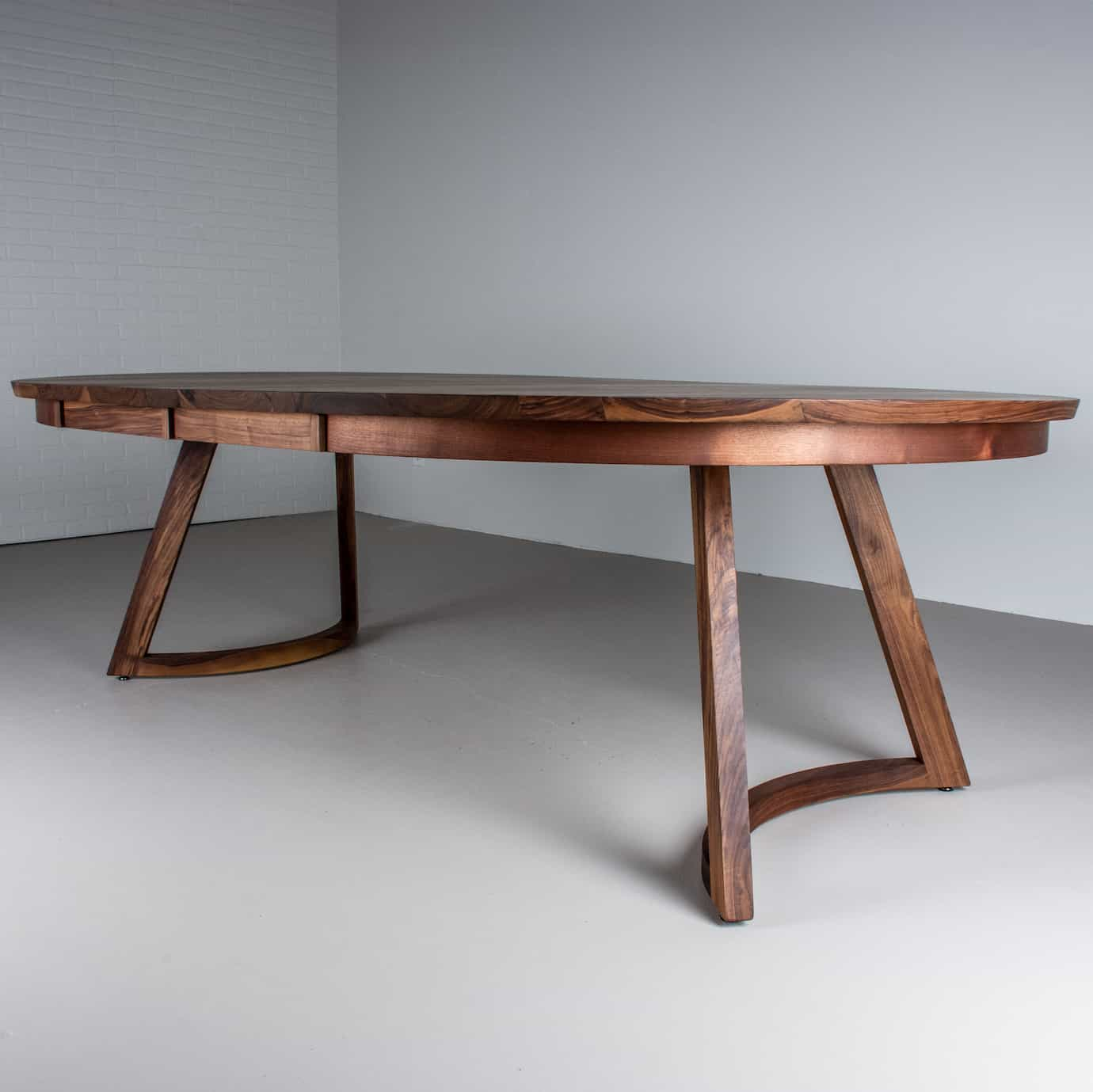Discover Long Lasting and Stylish Dining Table Legs Wood for each Home
Discover Long Lasting and Stylish Dining Table Legs Wood for each Home
Blog Article
What to Think About When Picking Table Legs Timber for Your Home.
When choosing timber for dining table legs, a number of vital variables require mindful consideration to make certain both performance and visual appeal. The sort of timber chosen can dramatically influence the table's longevity, stability, and total design, while the maintenance demands might affect long-lasting usability. Furthermore, the interaction of grain patterns and shade with existing furnishings can produce a natural layout. Comprehending these aspects is crucial, yet many ignore the critical aspect of monetary restrictions. As we check out these factors to consider additionally, the implications of your options might reveal unanticipated difficulties and possibilities.

Value of Wood Type
When choosing eating table legs, the selection of timber kind plays a crucial role in identifying both aesthetic appeals and toughness. Various timber types provide differing degrees of weight, toughness, and resistance to wear, which can significantly impact the capability and durability of the table.
On the other hand, softer woods like pine or poplar, while extra economical, may not provide the same degree of toughness and may call for even more frequent upkeep or substitute. The wood type additionally influences the table's ability to sustain environmental elements such as humidity and temperature level changes. The choice of timber can affect the convenience of completing and staining, which can be critical for accomplishing the wanted look.
Aesthetic Factors To Consider
The visual charm of table legs substantially adds to the total aesthetic of the eating area. Dining Table Legs Wood. When choosing timber for dining table legs, the grain pattern, surface, and shade are pivotal aspects that can take away or boost from the room's style. Various wood types show differing textures and colors; for circumstances, oak presents a traditional look with prominent grain, while walnut provides an abundant, dark elegance
Furthermore, the form of the legs plays a crucial function in specifying the table's personality. Streamlined, minimal legs can create a contemporary feel, while a lot more luxuriant, turned legs evoke standard beauty. The design of the legs should integrate with existing furnishings and the overall motif of the room, whether it be rustic, modern, or transitional.
It is also necessary to take into consideration how the legs interact with other furnishings pieces, including sideboards and chairs. A natural design not only elevates the dining experience but likewise adds to the home's general visual comprehensibility. Ultimately, the selection of table legs should be a thoughtful decision that mirrors individual preference while ensuring visual consistency within the room.

Longevity and Stability
Toughness and security are essential variables in the choice of dining table legs, as they directly affect the long life and safety of the furniture. When selecting timber for eating table legs, one should take into consideration the inherent buildings of various wood types. Hardwoods, such as oak, cherry, and maple, are commonly favored for their toughness and resistance to wear, making them suitable for high-traffic dining locations.
Along with the kind of timber, the construction method also plays a considerable function in the general stability of the table. Legs that are sturdily built, either with typical joinery techniques or modern-day engineering methods, will offer improved support and protect against tottering. It is vital to review the thickness and style of the legs; thicker legs are usually a lot more stable and can withstand greater weight.
Additionally, the environmental problems in which the table will certainly be used can impact longevity. Wood that has actually been correctly dealt with for moisture resistance will certainly execute better in humid atmospheres. Ultimately, picking the appropriate mix of long lasting timber and steady building will make sure that your table continues to be a safe and practical focal point in your house for several years to come.
Maintenance Needs
Picking table legs made from long lasting wood is simply the beginning; recognizing maintenance needs is similarly essential to protect their appearance and functionality. Different wood kinds call for differing degrees of treatment, so it is vital to know what is required for your details choice.
Routine cleaning is fundamental; utilize a soft, damp cloth to get rid of dirt and debris. Prevent harsh chemicals that can damage the surface. For wood surfaces like varnish or lacquer, periodic polishing with furnishings wax can improve shine and provide a safety layer against scratches.
Preventative procedures are critical also. Use coasters and placemats to prevent direct call with warm or damp items, which can warp or discolor the timber. In addition, take into consideration placing felt pads under the legs to avoid scrapes on your flooring and lower use on the wood
Humidity control is another significant factor; keeping a secure setting assists to avoid bending and fracturing. Think about making use of a humidifier or dehumidifier as necessary. if your dining area is susceptible to fluctuations in temperature and wetness.
Budget Plan and Cost Aspects
When planning to buy dining table legs, understanding budget and expense aspects is important to make a notified decision. The kind of wood selected for the legs considerably affects the general rate.
Labor and workmanship additionally play a crucial role in the total expenditure. Handmade or artisan-crafted legs may bring a costs price, mirroring other the ability and image source time bought their creation. It's vital to assess the balance in between top quality and expense; spending extra ahead of time can bring about a longer-lasting item that needs much less maintenance with time.
Final Thought
In summary, selecting the suitable timber for eating table legs requires careful consideration of different elements, including timber type, visual charm, spending plan, longevity, and upkeep restrictions. The choice of hardwoods such as oak and maple can enhance both stamina and aesthetic charm, while softer timbers may be a lot more economical yet much less long-lasting. Ultimately, a knowledgeable decision relating to material option will certainly add to the total functionality and longevity of the table, guaranteeing a beneficial financial investment for the home.
When selecting wood for eating table legs, several essential aspects require mindful consideration to make sure both functionality and aesthetic allure.When choosing eating table legs, the selection of wood type plays a vital duty in figuring out both looks and durability. When picking wood for eating table legs, the grain pattern, color, and finish are pivotal components that can take away or enhance from the room's design. When picking wood for eating table legs, one read this article must think about the inherent residential properties of various timber kinds.In recap, selecting the suitable timber for dining table legs necessitates careful factor to consider of numerous variables, consisting of wood type, aesthetic appeal, toughness, maintenance, and budget restraints.
Report this page